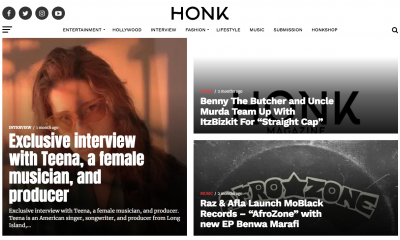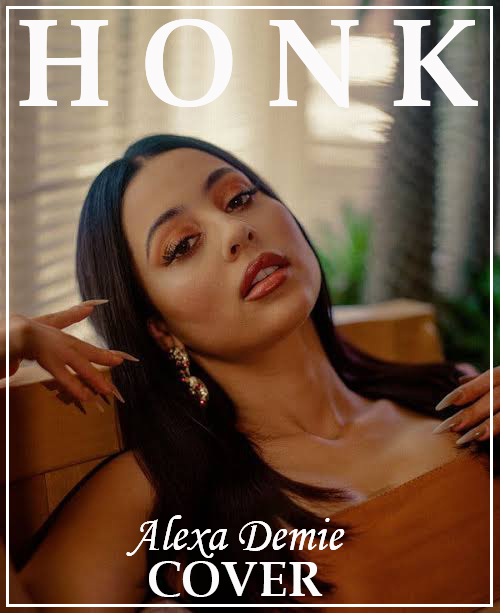Entertainment
The Weeknd’s “High For This” Is For The Youth

An eerie, ominous ringing in your ears. That is how House of Balloons begins, and it is a sound that many have come to recognize instantly as “High for This.”
It’s just one sound, but it is foreboding in nature. It’s the type of sound you would expect from a horror film, as the protagonist creeps around the corner of a narrow hallway, and for a moment, you are unsure if she will be saved– sure enough, she meets her doom. It’s the type of sound that comes before something else. It is a leading sound. Or perhaps, it’s the type of sound that comes after something. It’s the pulsing sound you might wake up to after a night out that you can no longer remember. The type of ear-splitting sound that pervades your head, eventually transforming into a full-on headache, as your eyes, slightly stuck together with sleep, attempt to open and determine where exactly you’ve landed. You’re not quite yet familiar, or perhaps you don’t quite remember your surroundings, and as you put the pieces into place, the ringing may or may not subside.
Either of these scenarios would seem likely for The Weeknd’s House of Balloons. However, since we are referring to “High for This,” it is more likely the latter; the post-drug-binge haze that one has to eventually wake up from.
As the ringing sound echoes louder and eventually becomes distorted and muffled, The Weeknd’s voice comes to the forefront: “You don’t know what’s in store / But you know what you’re here for.”
Apt words, considering we did not yet know, back in March of 2011, what we were in store for: a trio of mixtapes that would ultimately change and upend the landscape of r’n’b, and even go so far as to influence hip-hop’s sound and culture. Yet, we did know why we were here. A handful of leaks ahead of House of Balloons had assisted in giving the mysterious artist a bit of online momentum at a time when blogs were still the de-facto way of receiving new music– and to that effect, Drake’s own OVO blog was at this time updated quite frequently with “cool content”– including The Weeknd.

Clinton Gilders/FilmMagic/Getty Images
House of Balloons’ opener “High for This” acts almost like a mission statement from Abel, one that would map out his modus operandi at that time of his life (with the project at large completing the picture). As someone of similar age to Abel, and thus, equally youthful nine years ago, his was the sort of practices and lifestyle I could get behind– like many millennials.
House of Balloons, and the Trilogy as it would eventually be known, is something wholly for youth culture. It’s unabashed in its drug use and scope, and there is a singular focus on living for lust-filled nights. The Weeknd’s music at this time wasn’t about the future, it was about the present moment, and all that consumes an adolescent or young adult– mainly social concerns (read: having/making/being with friends) and getting obliterated with said social concerns. We had yet to hear Abel’s type of transparency about our main topics of interest on wax, such obvious references to the activities we all dabbled in, and thus we instantly gravitated towards it. Records such as “High for This” were able to create an instant kinship between Abel and the fan, simply because the music felt highly personal– and for the fan, who may be following The Weeknd’s lead in that they too, are high for this, that connection would feel even more profound.
The older we get, the less inclined we are to socialize, and the smaller our circle of friends becomes. It’s a natural effect of maturation. There are studies that document this, noting that it tends to occur around the age of 25. And as we get older, while it’s not a guarantee, there is the idea that one would become less consumed by the material, and more driven by the intangible. Meaning that, desires shift, and a focus on relationship, work and overall life-building becomes the norm, which also means that there is less time spent towards ultimately fruitless endeavours like getting wasted and going out until 5 am.
“The mind of a 19-year-old is very different from the mind of a 26-year-old. You grow. You get into better relationships. You experience more, meet more people, better people. But when you’re in a dark hole, at an earlier point in your life – you write about the mindset you’re in at that moment,” Abel once told The Guardian about the Trilogy era of his life. This encapsulates the idea that, while his Trilogy music may not service us in the same way it once did, it still provides value for any present-day 19-year olds, as it contends with their phase in life. That is the thing about The Weeknd’s early music: it was immature. Its appeal was primed for the misguided, the jaded, the constant party-er, and often, these types of traits are tangled together in the adolescent.
“High for This” in both song and concept is simple. Its simplicity is another characteristic that would appease the youth, despite it’s four-minute length, the record can and should be taken at face value. There are only two short verses, and the rest is a feeling (or as the kids say, vibe) that’s caught up in the production. Where Doc Mickinney and Illangelo became known as The Weeknd’s main producers, the ones who helped curate the Trilogy sound, it is Dream Machine who helps open up House of Balloons’ “High for This.”

Christopher Polk/Getty Images
The Weeknd sings in his first verse as though he is on an MDMA-influenced high, riding a wave of sensuality that has become synonymous with taking the drug. “Take it off, you want it off / Cause I know what you’re feeling / It’s okay, girl, I feel it too / Let it be, baby breathe I swear I’m right here / We’ll be good, I promise, we’ll be so good,” — these words could ostensibly be relayed from one rolling person to another, combining the need for reassurance with the need to feel good. The song ushers you in both sweetly and sinisterly, a definitive trait of The Weeknd’s music.
Captured in the production, is the swelling nature of becoming high. As you listen, the production goes from vacant and subdued to monstrous and overwhelming, eclipsing with a surge of drums and vibrating synths. We can consider this the “beat drop” in a way. A “beat drop” is typically relegated to an EDM banger, and insinuates that the turn-up has arrived– the idea being that the “beat drop” feels particularly great for anyone who is on a synthetic high. The same could be said for this type of grand climax on “High for This.”
Where EDM may have been the music-of-choice when it comes to many pill-popping, recreational and social drug users around 2011, The Weeknd provided us with an alternative. An alternative that not only revelled in drug use, but was music created specifically by, and for, this reason (“High for This” being among the most obvious, due to title alone). It was refreshing, because we hadn’t heard anyone discuss dark night life on an r’n’b-leaning record previously, all the while we had been dabbling in similar forms of diversion.
The Weeknd created a soundtrack for these types of nightlife pursuits succinctly with House of Balloons. It all begins with “High for This.” The apocalyptic intro readies you for the ride you’re about to take, with the tracklist following the ups and downs of your high, leading to your eventual come-down. Because, ultimately, we all must come down.
Entertainment
Drew Carey, 66, Enjoys Lunch Date with 37-Year-Old OnlyFans Star Niki Skyler in L.A.
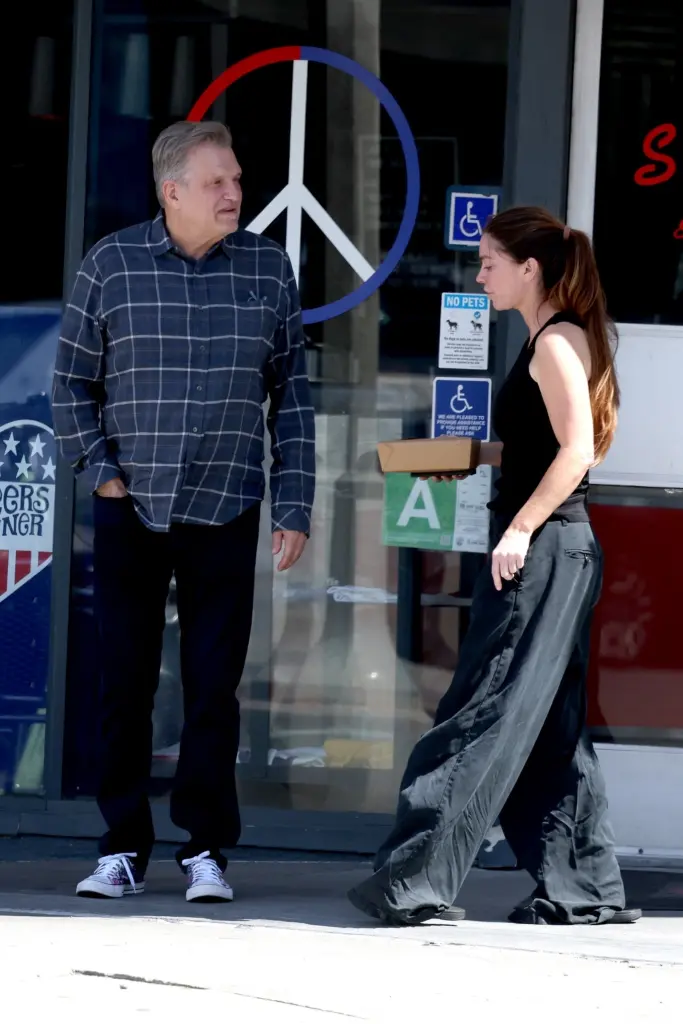
Having survived one of the darkest chapters of his life, Drew Carey appears to be finding a little light again and perhaps even a second chance at love.
The 66-year-old Price Is Right presenter, comic, and TV legend has been seen dining with 37-year-old content creator and OnlyFans model Niki Skyler at the hot retro diner Swingers Diner in Los Angeles. The sighting, which happened on a leisurely Thursday afternoon, has fans and entertainment observers alike abuzz: Is Carey finally unsealing his heart, five years after the heartbreaking death of his ex-fiancée, Amie Harwick?
Casual and smiling, Carey appeared at ease in a simple gray tee and jeans. Skyler, who’s developed a steady online following over the past couple of years, caught eyes in a soft-pink crop top, matching skirt, and oversized sunglasses. They talked closely while digging into burgers and milkshakes, laughing at one point as they exchanged fries and stories. While representatives for both Carey and Skyler haven’t confirmed any romance, it’s evident that there’s at least some chemistry.
In February 2020, Carey’s life was upended by a tragedy he couldn’t have imagined: the murder of his ex-fiancée, Dr. Amie Harwick, a therapist and high-profile advocate for victims of domestic violence in her Los Angeles home. The suspect was an ex-boyfriend of Harwick’s, and her death sent ripples not just through Carey’s personal life but through the entertainment world and mental health communities as well. Carey and Harwick had amicably separated the previous year, but the couple remained good friends. In the days after her death, Carey spoke openly about the heartbreak on his SiriusXM show, calling Harwick a “beautiful, positive force,” and saying her death is “something I’ll never truly get over.”
Friends said Carey withdrew from public life in the period that followed. Though he went on to host The Price Is Right with grace and professionalism, he mostly avoided the Hollywood social circuit and kept his private life tightly sealed. This is why this recent public outing with Skyler, relaxed, candid, and intimate, feels like such a big deal.
For those who are not in the know, Niki Skyler is new to the internet scene. She is an online content creator currently on OnlyFans and linking subscribers through social media. A mash-up of influencer, entrepreneur, and artist, Skyler has honed a following that appreciates her headstrong, body-positive, no-holds-barred approach to life. A Midwestern native, Skyler relocated to Los Angeles in her late twenties to work in modeling and independent media. She has starred in music videos and lifestyle campaigns and has turned to podcasting, too. Although her OnlyFans work has generated headlines, Skyler says her mission is empowerment: “I want to control my narrative,” she told a fan in a recent Q&A on Instagram.
Skyler’s relationship to Carey isn’t quite clear, whether the two crossed paths through mutual friends, a shared project, or just by chance. But those who witnessed their lunch date saw an ease between them that implied something more than a casual get-together. “They were kind of into each other’s company,” one onlooker said. “It didn’t seem like a publicity stunt or anything. They were simply two people enjoying a very good time.” It’s not unusual for Hollywood notables to fall in love in surprising locations and combinations. But this new chapter feels particularly poignant for Carey, whose career has included decades of stand-up, successful sitcoms, and dominance on daytime TV.
Carey is famous for his self-deprecating wit and down-to-earth disposition and has never been known for his high-flying romances. His relationships were mostly kept out of the news before Harwick. And that’s why fans are cheering for him now, hoping this moment of connection, even if just friendship, means something healing. “Drew deserves happiness,” a longtime fan said on Reddit after lunch photos circulated. “Given everything he’s been through, seeing him smile with someone again is nice.” And smile he did throughout lunch, Carey appeared genuinely happy, leaning in as Skyler spoke excitedly, shooting the occasional gesture, and pushing her hair behind her ear. The men lingered for almost two hours before stepping out of the diner together, toward the front door, and Carey was polite as ever, waiting for his partner to walk through first.
However, any relationship or even friendly outing between a mainstream TV personality in his 60s and a 30-something digital personality will surely raise eyebrows. But the reception to Carey and Skyler’s outing has mainly been positive, even refreshingly open-minded. The age difference? “It’s Hollywood,” one fan shrugged. “They’re both adults, and quite frankly, who cares, if they’re happy?” Others mentioned the difference between Carey’s traditional showbiz background and Skyler’s new-media presence. Their partnership is in many ways a clash of eras — one formed by network TV and old-school comedy, the other forged in the digital world of subscriptions, self-branding, and immediate fan connection. “Maybe that’s what makes them work,” as another observer hypothesized. “They’ve both created their own path and achieved success outside the things you would assume. That’s pretty cool.”
So far, neither Carey nor Skyler has commented publicly on their lunch date, and there has been no indication whether this is the start of a romance, a potential new friendship, or even a collaboration in the pipeline. However their connection is, one thing is for sure, the moment is landing. In an era of celebrity couples whose relationships are so heavily marketed and repackaged that they increasingly resemble an exercise in brand management, this one feels deliciously unpretentious, a low-key lunch between two people, no frills, no rush, no glitz, sprinkled with just enough intrigue to make everyone’s ears perk up. And for Carey, in particular, the timing could not be more significant. “He has always seemed to be a genuine, kind person,” said a fan. “Seeing him smiling once more, even for an afternoon serves as a reminder that healing is possible.”
So, are Drew Carey and Niki Skyler falling for each other or just enjoying a pal? Number three: Underneath the lights and the cameras, the grief and the healing, the fame and the reinvention, there’s always room for joy, laughter, and perhaps even love. And who knows? For a man used to spending years judging whether others’ guesses were the correct price, maybe he’s finally found something rivals have no formula for calculating: the cost is priceless.
Entertainment
Is Rihanna Secretly Shooting a Music Video in Paris?
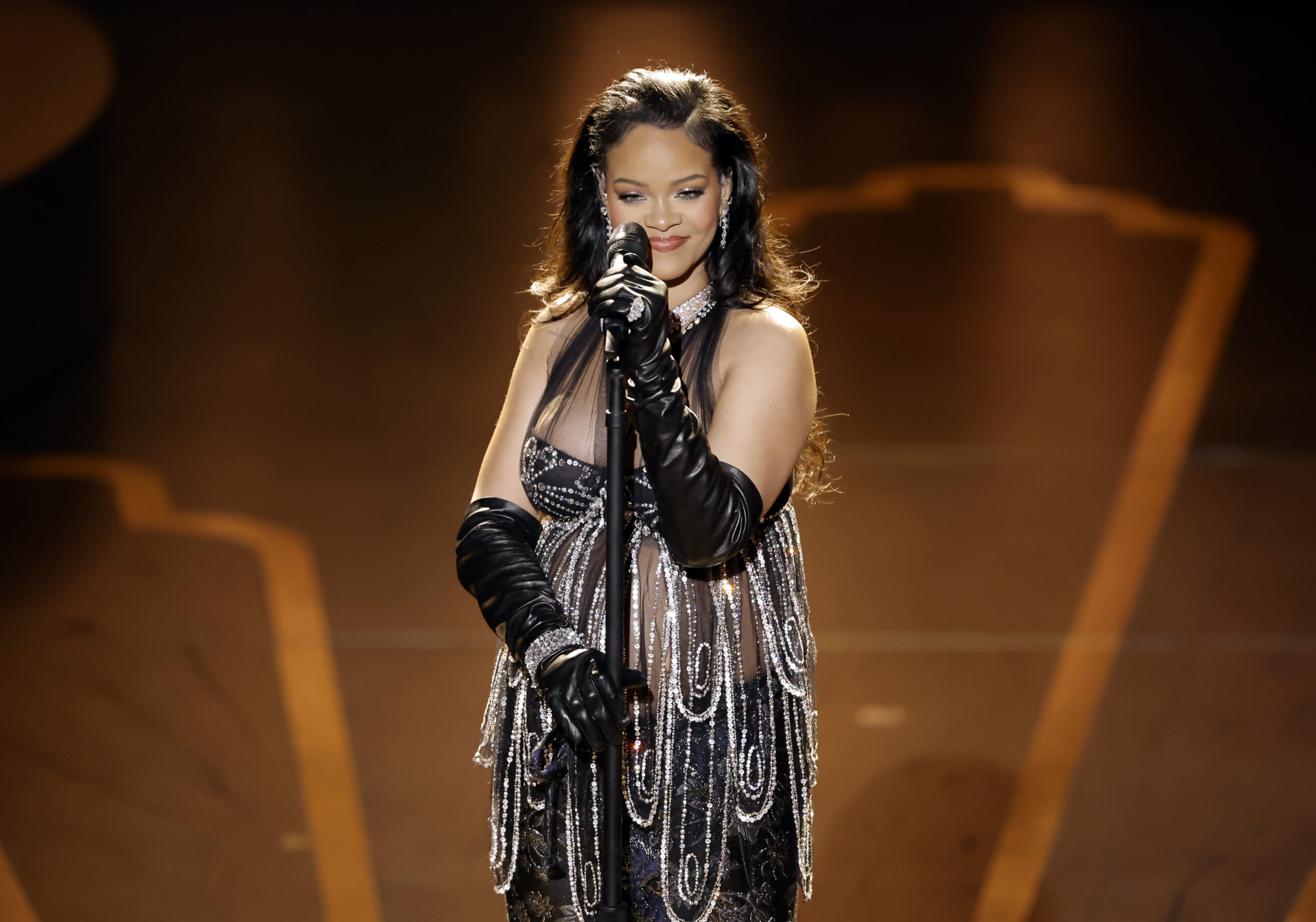
Shocking news has done the rounds as speculative reports of Rihanna filming for a music video in Paris. There hasn’t been an official announcement, but given the new reports, it sounds like the City of Light will likely be the setting for her next artistic project.
Rihanna has dropped hint after hint of her comeback to music. Fans report that she is also nearing the finish line with her ninth fully realized studio effort, an album that will signal a departure with its continuity and freshness. Rihanna, over the years, through interviews, has additionally mentioned that she does not wish to write something that does not reflect her growth and evolution as an Artist, and the new album will not be “commercial or radio digestible” and it’s where her Artistry needs to be.
Check out this article: Why Rihanna’s Return to Music in 2025 Is the Comeback of the Decade
Paris has long inspired artists, and Rihanna is no exception. The city has become a central hub for her fashion projects, and there are rumors she might have her next Fenty Puma fashion show at Paris Fashion Week. Considering her deep connections to the city and its vibrant artistic milieu, it would be understandable if she selected Paris as the location for a new music video.
There are no official confirmations, but for several reasons, it seems like they might be shooting a music video in Paris. Rihanna’s creative team has been said to have been working in secret in Los Angeles to prepare for the return. Reviewed only by you, the best of the best 😉 She has seen a parallel increase in her new dancing persona as a singer, cementing these worlds together, which could lead to a crazy visual music video in Paris.
Adding fuel to that speculation is the potential of a world tour in 2025, rumored to be for Rihanna. A new music video shot in Paris would be a strong advertisement for her, reigniting fans’ eagerness and priming her return to the stage. And at a time when she is expected to make a big splash including a £32million deal with Live Nation and headlining prime festival slots for Glastonbury, the release of a new music video is perfectly timmed alongside this anticipated resurrection.
While fans are still waiting for confirmation, the prospect of a Rihanna music video filming in Paris could join the growing plot twists in her return story. Whether or not this is a strategic way to intertwine her music and fashion pursuits or an extension of her artistic vision, we are excited by the notion of Rihanna taking over the streets of Paris for a new video.
What do you think? Rihanna is filming a secret music video worldwide? If you found this article interesting, comment and let us know your thoughts!
-

 Artist Spotlight5 days ago
Artist Spotlight5 days agoHope Easton channels tropical mischief and charm in new single “SexyReady”
-

 Artist Spotlight5 days ago
Artist Spotlight5 days agoSweetCandy! declares self-love and defiance on “UGLY”
-
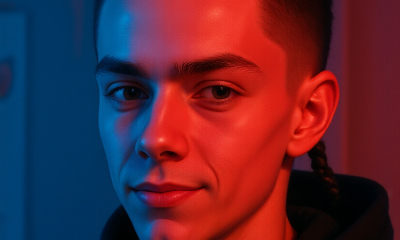
 Artist Spotlight5 days ago
Artist Spotlight5 days agoBluntBrad Jr. finds calm ambition in the laid-back shine of “It’s All Good”
-

 Artist Spotlight5 days ago
Artist Spotlight5 days agoLana Crow turns challenges into a celebration with “Laugh With You”
-

 Artist Spotlight5 days ago
Artist Spotlight5 days agoLavien drops a heartfelt Afrofusion plea that sticks to the soul with “Nobody”
-

 Artist Spotlight6 days ago
Artist Spotlight6 days agoCircleKSK ignites an anime-metal collision on “UnBreakable Turn” ft. Anya J
-

 Artist Spotlight6 days ago
Artist Spotlight6 days agoRecc explores nostalgia and inner freedom in “Where the Wild thYngs Are”
-

 Artist Spotlight6 days ago
Artist Spotlight6 days agoAnnaBelle Swift delivers gentle hope and gratitude with new single “Heaven Sent”









